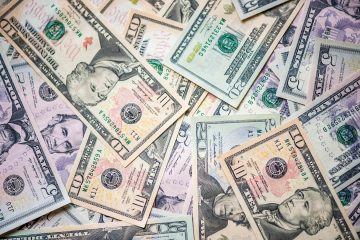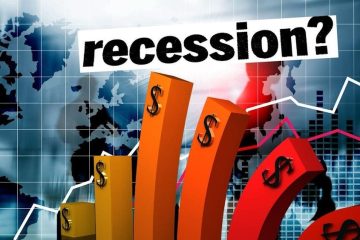Dollar rises as White House warns Russian invasion of Ukraine could be imminent

The dollar rose on Friday following a warning from White House national security adviser Jake Sullivan that Russia could invade Ukraine any day now.
Speaking at a White House briefing, Sullivan said any American still in Ukraine should leave in the next 24-48 hours because a Russian air assault would make departures difficult. His comments sent U.S. crude futures to $94.66 a barrel, the highest since 2014.
The increase in the dollar was directly the result of Sullivan’s comments, said Bipan Rai, head of FX strategy at CIBC Capital Markets in Toronto.
That move up, along with moves in other safe-haven assets such as U.S. Treasuries and the Japanese yen, indicates the market is growing more and more concerned about the prospect of an invasion, said Rai.
“It’s definitely a safe-haven move,” he said.
The dollar index rose 0.219%, with the euro down 0.71% to $1.1346.
Sullivan spoke Friday after President Joe Biden held a secure video call with transatlantic leaders from the White House Situation Room and sought allied unity in the face of a worsening situation.
It remains unclear, Sullivan said, whether Russian President Vladimir Putin has definitively given an order to start an invasion. He said he expects Biden to seek out a phone call with Putin soon on the crisis.
The euro, meanwhile, traded mostly flat and was set for a weekly decline after European Central Bank President Christine Lagarde said in an interview that raising rates now would not bring down record euro zone inflation but only hurt the economy.
The greenback had struggled to pick a direction earlier in the day as investors digested the University of Michigan’s preliminary consumer sentiment index for February.
That report found that U.S. consumer sentiment fell to its lowest level in more than a decade in early February amid expectations that inflation would continue to rise in the near term. Economists polled by Reuters had forecast the index edging up.
The market’s lack of clarity as to how interest rate hikes might progress has contributed to frenzied sessions this week as the dollar remains undecided on the future, said Erik Nelson, a currency strategist at Wells Fargo Securities.
“I tend to think we consolidate in the short-term here and am still biased toward euro downside, dollar upside against most currencies,” he said.




